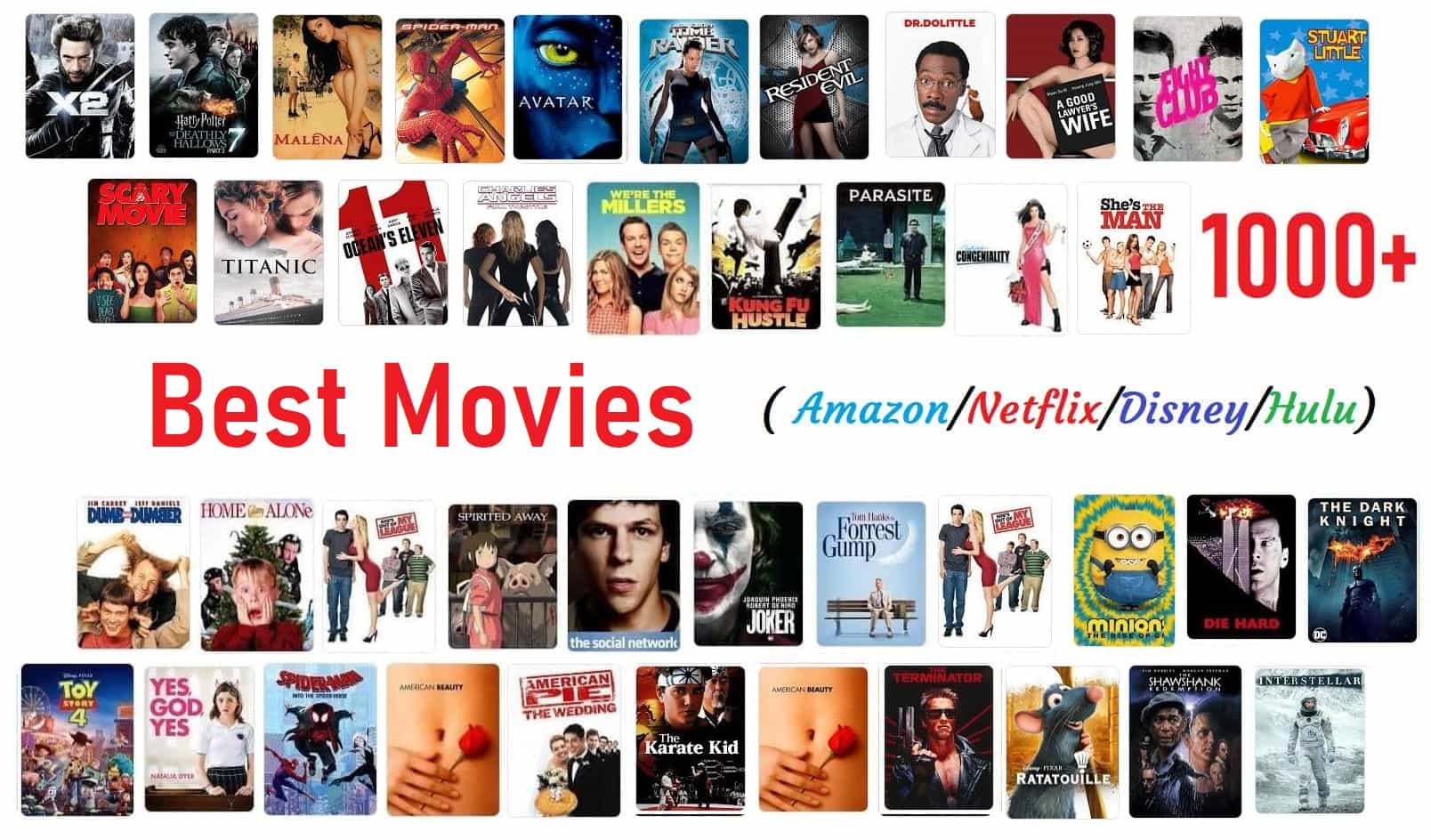
The film industry is constantly evolving, influenced by technological advancements, shifting audience tastes, and broader cultural changes. Understanding these dynamics can deepen your appreciation of movies and offer insights into the factors shaping modern cinema. In this article, we’ll explore the role of film scores, the shift from blockbusters to niche films, and many other key trends affecting the industry today.
The Role of Film Scores in Building Atmosphere
How Do Film Scores Enhance a Movie?
Film scores are more than just background music; they play a crucial role in shaping a movie’s atmosphere and emotional impact:
- Setting the Mood: A well-composed score can set the tone of a scene, whether it’s creating suspense in a thriller or evoking nostalgia in a drama. For instance, John Williams’ iconic score for Star Wars helps create an epic, adventurous atmosphere.
- Emotional Connection: Music often amplifies the emotional weight of a scene, helping audiences connect more deeply with the characters and story.
Film scores are integral to the cinematic experience, guiding viewers’ emotions and enhancing the narrative.
The Shift from Blockbusters to Niche Films
Why Are Niche Films Gaining Popularity?
While blockbusters have traditionally dominated the box office, there’s a growing interest in niche films:
- Audience Segmentation: With streaming platforms providing more options, audiences can explore films tailored to specific interests and subgenres, from indie dramas to niche sci-fi.
- Creative Freedom: Independent filmmakers often have more freedom to experiment with unique and unconventional storytelling methods.
This shift reflects a broader trend toward personalized entertainment, catering to diverse tastes and preferences.
The Importance of Diversity in Storytelling
Why Is Diversity Essential in Film?
Diversity in storytelling ensures that films reflect a wide range of experiences and perspectives:
- Representation Matters: Diverse representation helps audiences see themselves on screen, promoting inclusivity and understanding. Movies like Black Panther have set new standards for representation in cinema.
- Rich Storytelling: Including diverse voices enriches the narrative, offering fresh and varied viewpoints that enhance the storytelling experience.
Embracing diversity in film contributes to a richer, more inclusive media landscape.
The Decline of the Traditional Movie Star
What Is Behind the Decline of Classic Movie Stars?
The concept of the traditional movie star has changed significantly:
- Changing Media Landscape: With the rise of streaming services and social media, the spotlight has shifted to a broader range of actors and influencers. Today’s stars often gain fame through online platforms and television series.
- Focus on Ensemble Casts: Modern films frequently feature ensemble casts rather than relying on a single star, which reflects a shift in how stories are told and marketed.
The decline of the traditional movie star highlights broader changes in how audiences engage with film and entertainment.
The Role of Directors in Shaping Film Legacy
How Do Directors Influence a Film’s Legacy?
Directors play a crucial role in defining a film’s impact and legacy:
- Vision and Style: A director’s unique vision and style can leave a lasting impression on both the film and its audience. Directors like Quentin Tarantino are known for their distinct approaches, influencing how their films are perceived and remembered.
- Crafting the Narrative: Directors shape the narrative through their interpretation of the script, casting choices, and visual style.
A director’s influence extends beyond a film’s release, impacting how it is remembered and celebrated over time.
The Challenges of Recreating Classic Films
Why Is It Difficult to Remake Classic Films?
Remaking classic films comes with several challenges:
- High Expectations: Classics are beloved by audiences, and any remake must live up to high expectations. This can be a tough challenge for filmmakers trying to respect the original while offering something new.
- Balancing Tradition and Innovation: Filmmakers need to find a balance between honoring the original film and introducing fresh elements to attract modern audiences.
Successfully recreating a classic requires careful consideration of what made the original special while adapting it for contemporary viewers.
The Impact of Digital Technology on Filmmaking
How Has Digital Technology Changed Filmmaking?
Digital technology has revolutionized filmmaking in various ways:
- Enhanced Special Effects: Advances in CGI and digital effects have opened new possibilities for creating visually stunning and imaginative scenes. Films like Inception showcase the power of digital effects in shaping cinematic experiences.
- Accessibility: Digital technology has made filmmaking more accessible, allowing independent filmmakers to produce high-quality films on a smaller budget.
The integration of digital technology continues to shape the future of filmmaking, expanding creative opportunities and possibilities.
The Role of Audience Expectations in Film Reception
How Do Audience Expectations Affect Films?
Audience expectations can significantly impact a film’s reception:
- Pre-Release Hype: Films with heavy marketing and high anticipation can face immense pressure to meet or exceed expectations. The backlash against some high-profile releases often stems from unmet expectations.
- Genre Expectations: Audiences come with preconceived notions about genres and styles, influencing how they receive and critique films.
Understanding audience expectations helps filmmakers navigate the complex landscape of film reception and success.
The Shift from Film to Digital Media in Hollywood
Why Is Digital Media Overtaking Film?
The transition from film to digital media reflects several trends:
- Cost and Efficiency: Digital media offers cost-effective and efficient production and distribution methods compared to traditional film. This shift has been accelerated by the growing popularity of digital platforms.
- Environmental Impact: Digital media reduces the environmental impact associated with film production, including the need for physical film reels and chemical processing.
The move towards digital media represents broader technological and economic changes in the film industry.
The Problem with Overly Commercialized Films
What Are the Issues with Overly Commercialized Films?
Overly commercialized films often face several issues:
- Creative Compromises: Emphasis on profitability can lead to creative compromises, where storytelling and originality are sacrificed for marketability. This can result in formulaic or uninspired films.
- Audience Disconnection: Films that prioritize commercial appeal over artistic value may struggle to connect with audiences on a deeper level.
Balancing commercial interests with creative integrity remains a challenge for many filmmakers and studios.
The Importance of Authenticity in Storytelling
Why Is Authenticity Crucial in Film?
Authenticity in storytelling ensures that films resonate with audiences and maintain credibility:
- Genuine Representation: Authentic stories reflect real-life experiences and perspectives, enhancing the film’s impact and relatability. Films like Moonlight are praised for their authentic portrayal of diverse experiences.
- Audience Trust: Authenticity fosters trust and engagement with audiences, who appreciate films that respect and accurately represent their subjects.
Creating authentic narratives helps filmmakers connect meaningfully with their audience and build a lasting impact.
The Role of Independent Studios in the Film Industry
How Do Independent Studios Influence Cinema?
Independent studios play a vital role in the film industry:
- Innovation and Risk-Taking: Independent studios often take creative risks, producing unique and unconventional films that might not fit mainstream tastes. Films like The Blair Witch Project demonstrate the innovative spirit of indie filmmaking.
- Diverse Voices: Indie studios frequently provide a platform for diverse voices and stories, contributing to a richer and more varied cinematic landscape.
Independent studios are essential for fostering creativity and diversity in filmmaking.
The Decline of Genre Films in Mainstream Cinema
Why Are Genre Films Declining in Mainstream Cinema?
Genre films, such as Westerns or musicals, are less prominent in mainstream cinema:
- Changing Preferences: Audience preferences have shifted towards more diverse and complex narratives, impacting the popularity of traditional genre films.
- Market Saturation: Over time, some genres have become oversaturated, leading to a decline in their mainstream appeal.
Despite this decline, genre films continue to thrive in niche markets and offer valuable contributions to cinematic diversity.
The Challenges of Making a Film for a Global Audience
What Are the Challenges of Global Film Production?
Creating films for a global audience involves several challenges:
- Cultural Sensitivity: Films must navigate cultural differences and sensitivities to avoid offending or misrepresenting diverse audiences.
- Market Variability: Preferences and trends vary across regions, making it challenging to create content that appeals universally.
Addressing these challenges requires careful consideration and a deep understanding of global audiences.
The Role of Symbolism in Film Narratives
How Does Symbolism Enhance Film Narratives?
Symbolism adds depth and layers to film narratives:
- Layered Meanings: Symbols can represent deeper meanings and themes, enriching the story and providing additional layers for interpretation. For example, the use of the color red in Schindler’s List adds significant emotional weight.
- Audience Engagement: Symbolism engages audiences by inviting them to explore and interpret the film’s underlying messages and themes.
Effective use of symbolism can elevate a film’s narrative and engage viewers on a more profound level.
The Shift from Traditional to Experimental Filmmaking
What Is Driving the Shift to Experimental Filmmaking?
The rise of experimental filmmaking reflects a desire for innovation and creative exploration:
- Technological Advancements: New technologies and platforms allow filmmakers to experiment with unconventional styles and formats. Films like Memento showcase innovative narrative techniques.
- Changing Audiences: Modern audiences are more open to diverse and experimental storytelling approaches, encouraging filmmakers to push boundaries.
Experimental filmmaking represents a dynamic and evolving aspect of modern cinema, driven by both technological advancements and audience tastes.
The Impact of Box Office Performance on Film Legacy
How Does Box Office Performance Affect a Film’s Legacy?
Box office performance can influence a film’s legacy, but it
’s not the only factor:
- Commercial Success: High box office earnings can boost a film’s profile and lead to greater recognition. However, box office success doesn’t always equate to lasting impact or quality.
- Critical and Cultural Reception: A film’s legacy is also shaped by critical acclaim, cultural impact, and its place in cinematic history.
While box office performance is significant, a film’s lasting legacy often depends on its overall quality and influence.
The Role of Screenwriters in Shaping Film Culture
Why Are Screenwriters Important in Film?
Screenwriters play a crucial role in defining a film’s story and impact:
- Storytelling Foundation: The screenplay is the blueprint for the film, shaping the narrative, dialogue, and character development. Influential screenwriters like Aaron Sorkin have left a significant mark on film culture.
- Cultural Impact: Screenwriters contribute to cultural conversations through their storytelling, influencing how audiences think about various issues and themes.
The contributions of screenwriters are fundamental to the creation and cultural impact of films.
The Challenges of Directing Adaptations
What Are the Difficulties of Directing Adaptations?
Directing adaptations of books, plays, or other media comes with unique challenges:
- Staying True to the Source: Directors must balance staying faithful to the source material with bringing their own vision to the adaptation. This can be challenging when adapting beloved or iconic works.
- Audience Expectations: Fans of the original work often have strong opinions about how it should be adapted, creating pressure for directors to meet these expectations.
Navigating these challenges requires a careful approach to honoring the original while creating a compelling film experience.
The Importance of Originality in Modern Cinema
Why Is Originality Crucial in Film?
Originality is essential for keeping cinema vibrant and engaging:
- Creative Exploration: Original stories and innovative approaches keep the film industry dynamic and exciting. Films like Eternal Sunshine of the Spotless Mind showcase unique storytelling and creative vision.
- Audience Engagement: Original films can capture audiences’ imaginations and offer new perspectives, setting trends and shaping cinematic culture.
Emphasizing originality helps filmmakers push boundaries and create memorable, impactful cinema.
The film industry is a dynamic and ever-changing landscape, influenced by a range of factors from technological advancements to shifting audience preferences. By exploring these trends and challenges, you can gain a deeper understanding of how modern cinema is shaped and what makes it so captivating. Enjoy diving into these aspects of film and discovering what makes each movie unique!








